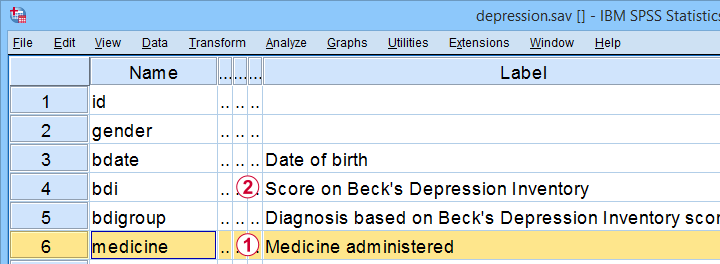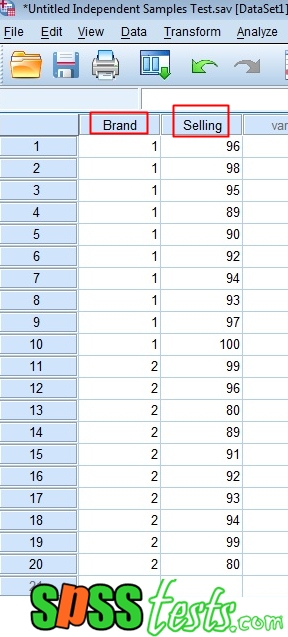
Levene’s test basically requires two assumptions:

In this case we'll reject the null hypothesis of equal population variances. However, very different sample variances suggest that the population variances weren't equal after all. If this is true, we'll probably find slightly different variances in samples from these populations. The groups we're comparing all have equal population variances. The null hypothesis for Levene’s test is that And if these don't differ too much, then the population variances being equal seems credible.īut how do we know if our sample variances differ “too much”? Well, Levene’s test tells us precisely that. Now, we usually don't know our population variances but we do know our sample variances. you do need this assumption if your groups have sharply different sample sizes.you don't need to meet the homogeneity assumption if the groups you're comparing have roughly equal sample sizes.However, you don't always need this assumption: īoth tests require the homogeneity (of variances) assumption: the population variances of the dependent variable must be equal within all groups.

a one-way ANOVA for comparing 3+ groups.



 0 kommentar(er)
0 kommentar(er)
